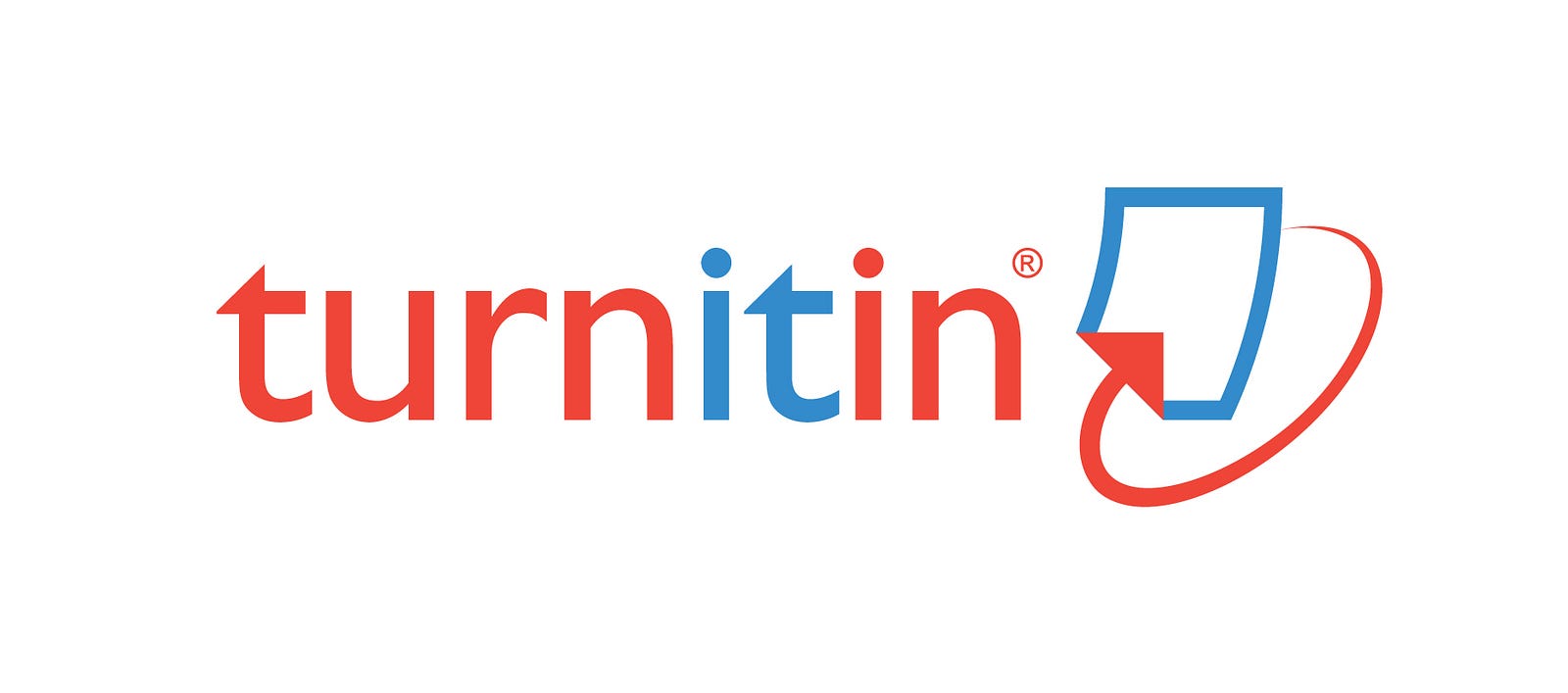PENERAPAN MODEL PEMBELAJARAN KOOPERATIF TIPE JIGSAW UNTUK MENINGKATKAN KEAKTIFAN DAN HASIL BELAJAR MELAKUKAN PROSEDUR ADMINISTRASI PADA SISWA KELAS XAP1 SMK NEGERI 1 SUKOHARJO TAHUN AJARAN 2014/2015
Abstract
The objective of this research is to improve the learning
activeness and learning result in the subject matter of Melakukan
Prosedur Administrasi of the students in Grade X AP 1 of State
Vocational High School 1 of Sukoharjo through the application of the
cooperative learning model of the Jigsaw type. This research used
theclassroom action research with two cycles. Each cycle consisted of
four phases, namely:(1) planning, (2) implementation,(3) observation
and interpretation, and (4) analysis and reflection. The subjects of
research were the students as many as 36 in Grade X AP 1 of State
Vocational High School 1 of Sukoharjo in Academic Year 2014/2015.
There search involved the teacher of the subject matter of Melakukan
Prosedur Administrasi, there searcher, and the students of the school.
The data of research were collected through observation, in-depth
interview, documentation, andtest. The results of research show the
students‟improvement of learning activeness and learning resultin the
subject matter of Melakukan Prosedur Administrasi as shown by the
improvement in CycleIand CycleII. Prior to the application of the
learning model of the Jigsaw type, the average score of their learning
result is7 3.19 with the percentage of 47.22%, and the percentages of
their learning activeness in the aspects of visual activity, speaking
activity, listening activity, writing activity, mental activity, and
emotional activityare 52.78%, 47.23%, 41.66%, 38.89%, 41.66%, and
36.11% respectively. Following the treatment, the average score
becomes 76.86 with the percentage of 66.67% in CycleIand 80.44
with the percentage of 86.11% in Cycle II. Inaddition, and the
percentages of their learning activeness in the aspects of visual
activity, speaking activity, listening activity, writing activity, mental
activity, and emotional activity become 72.22%, 61.11%, 84.34%,
61.11%, 91.67%, and 91.66% in CycleIand 88.88%, 91.88%, 94.44%,
94.44%, 97.22%, and 97.22% in CycleII. Thus, the application of the
cooperative learning model of the Jigsaw type can improve the
learning activeness and learning result in the subject matter of
MelakukanProsedurAdministrasi of the students in Grade X AP 1 of
State Vocational High School 1 of Sukoharjo in Academic Year
2014/2015.
Full Text:
PDFReferences
Huda, Miftahul. (2012). Cooperative Learning, Metode, Teknik, Struktur Dan Model Penerapan. Yogyakarta: Pustaka Pelajar.
Isjoni. (2009). Pembelajaran Kooperatif. Yogjakarta:Pustaka Pelajar.
Jamal Ma‟mur Asmani. (2011) .7 Tips Aplikasi PAKEM, Pembelajaran Aktif,
Kreatif, Efektif, dan Menyenangkan. Jogjakarta: Diva Press.
Nurman. (2009). Model Pembelajaran Cooperatif Learning.
(http://www.idunbiu.com/2009 /05.html,diakses tanggal 14 Januari2015)
Pusat Bahasa, Departemen Pendidikan Nasional. (2002). Kamus Besar Bahasa Indonesia Edisi Ketiga. Jakarta: Balai Pustaka.
Rusman. (2011). Model-Model Pembelajaran Mengembangkan Profesionalisme Guru. Jakarta: Rajawali Press.
Sardiman, AM. (2011). Interaksi dan Motivasi belajar mengajar. Jakarta: PT. Rajawali Pers.
Sudjana, Nana. (2010). Penilaian Hasil Proses Belajar Mengajar. Bandung:
Remaja Rosdakarya.
Suprijono, Agus. (2009). Cooperative Learning Teori dan Aplikasi Paikem.
Yogyakarta:Pustaka Pelajar.
Suwandi, Sarwiji. (2008). Penelitian Tindakan Kelas (PTK) & Penulisan Karya Ilmiah. Surakarta: FKIP UNS.
Trianto. (2010). Mendesain Model Pembelajaran Inovatif-Progresif: Konsep Landasan, dan Implementasinya Pada Kurikulum Tingkat Satuan
Pendidikan (KTSP). Jakarta: Kencana.
UUNo.14 tahun 2005 Pasal 1 tentang Guru dan Dosen.
Widyoko E.P. (2009). Evaluasi Program Pembelajaran. Yogyakarta: Pustaka
Pelajar.
Refbacks
- There are currently no refbacks.









